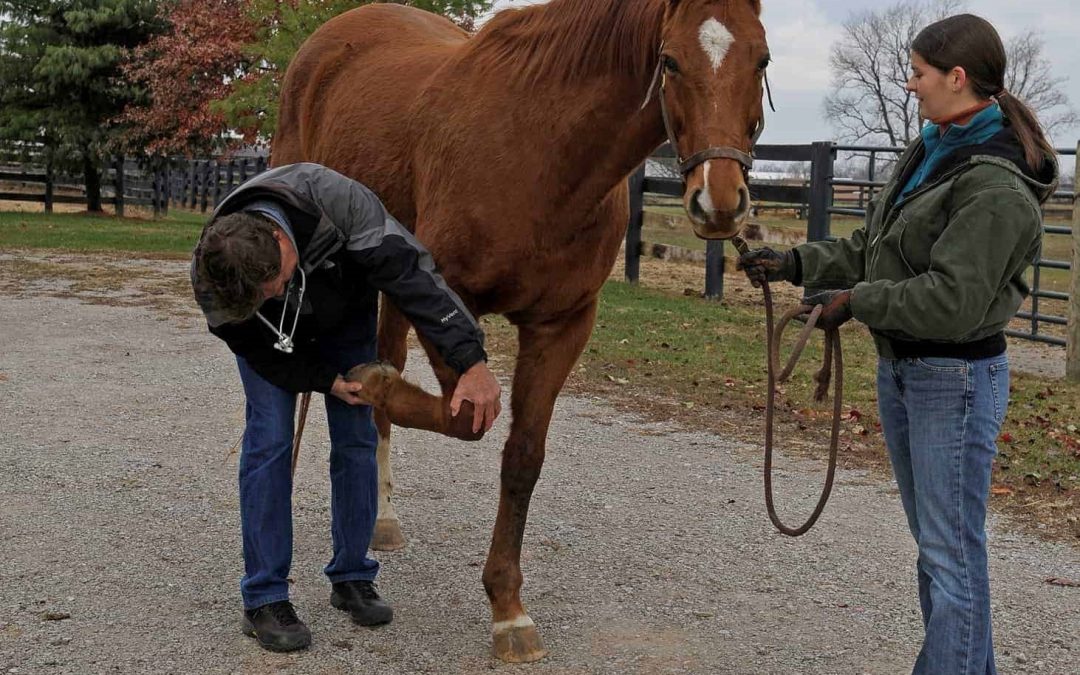Home »
Buying Off Track Thoroughbreds
Here’s a quick guide to the process of buying Off Track Thoroughbreds.
Most racehorses are well-mannered and will have started being handled much more than non-TBs since foals. So, on the whole it should be a pleasurable experience taking on an ex- racehorse.
Be realistic about your ability and experience
- Do you have enough time, money, patience and experience to deal with the demands of a former racehorse? For instance, did you know most racehorses come off the track needing costly treatment for ulcers?
- An ex-racehorse isn’t a novice ride and shouldn’t be seen as a cheap way for children to move onto horses.
- If you decide to lunge in the first few days bear in mind they may go pretty fast! Yearlings do a fair bit of their sales preparation in canter to get them fit in their ‘wind’. This means that plonking a heavy GP saddle on them and expecting them to trot neatly is probably out of the question.
- Thoroughbreds are a sensitive breed. For example, a cut that probably wouldn’t bother your stock horse may blow up on a thoroughbred, making them more expensive to own.
Understanding the former lifestyle of off-track thoroughbreds
- They may not be used to conventional riding techniques. A racehorse will be unfamiliar with long stirrups and a heavier saddle and is unlikely to understand seat and leg aids until they are retrained.
- Jockeys are often given a leg up while the horse is walking. So an off-track thoroughbred is unlikely to stand still for you while you mount from a block.
- Ex racehorses aren’t used to being exercised alone. They’ll associate riding out in company with their former life on the gallops.
- It’ll be used to being in a busy yard and might be overwhelmed by your individual attention.
- Most will have been ridden in a loose ring snaffle. Whilst they should have had an annual teeth rasping, try and book your dentist in within the first month. This is because some may fall through the net if they’ve been between yards when the dentist has been round. This won’t just help with bitting choices later on. It will also ensure your horse can fully chew and break down his feed and forage thereby aiding digestion. This in turn will help you to see an improvement in his condition a little more quickly.
Management of Off Track Thoroughbreds
- All-day turnout will be a new experience that should be introduced gradually.
- Management regimes on racing yards tend to differ slightly as they are catering for larger numbers of horses where efficiency is key. Knowing about these different ways of handling your off track thoroughbred is good to know. It will help you understand why something that seems simple to you, might upset or be difficult for him.
- On a racing yard, horses will usually have had all four feet picked out from the near side, bringing the off hind inside the near hind to pick out. Therefore, continue this practice (as it is actually safer for you). Alternatively, be patient whilst retraining to pick out from the offside.
- Racehorses are loved by their carers and will respond to affection and patience, especially fillies. If you buy a colt, it will have been stabled away from fillies. So, until you’ve had it gelded, for several months keep it away from the opposite sex. This should be both within the stable yard and in the paddock until you can see his behaviour improve.
- Racehorses usually have very good feet whilst growing up and whilst in training. It’s when they get older and heavier on their hooves, combined with feed changes from a racing diet that problems arise. So, while you gradually reduce the calorie content and quantity of the feed, consider adding a Fibregenix balancer to support hoof growth.
Patience is the key
Most importantly, you must be willing to give your off-track thoroughbred plenty of time to adjust to its new lifestyle. Not every horse will readily adapt to new disciplines and most will always retain a racehorse mentality to some extent.
Where to look for an off the track thoroughbred
- Directly from its owner or trainer. You can buy one at the sales, or from a retrainer either by buying it or loaning it.
- Look up the horse’s record. Do your research and don’t be afraid to ask questions. Look for gaps in the record that might indicate time off with an injury and how many times it raced. However, don’t count out a horse with a lengthy racing career. If it managed to stay sound for a long time, the chances are that it will continue to do so.
- Request to see it ridden and ride it yourself. Is it the type of horse you want? Will its conformation stand up to what you would like it to do? How does it behave in the stable and when being tacked up? Ask to ride it. It may not know much about flatwork, but is it willing to do what you ask? Does it move reasonably well?
- Find out about the horse’s temperament and personality. Ask about injuries and why it has retired from racing.
- Should you decide to buy it, make sure you get it vetted as you would with any horse.
- Don’t expect the horse to be given away, if it is, then you have to ask yourself why. If it’s likely to have a chance at succeeding in any kind of career, it’s worth a price, like any horse.
Reviewed February 2024

